Does robotic colorectal surgery decrease the risk of an anastomotic leak?
ABSTRACT NUMBER: NESTAC MEDAL FOR MEDICAL STUDENTS_5
AUTHOR
Alexander Lea
MAIN ABSTRACT TEXT
Introduction
Anastomotic leaks (AL) are a complication of colorectal cancer surgery with a mortality rate of 6-39%. Clinical outcomes vary from defunctioning stomas to life-threatening sepsis and death. AL increases the rates of further surgeries and local recurrence of cancer. Multiple risk factors have been identified and robotic surgery could play a role in reducing the incidence of AL (10%).
Methods
Patients diagnosed to have colorectal cancer were extracted from a prospective database. This study included a consecutive series of patients who had a primary bowel anastomosis (364 non-robotic, 77 robotic) at a single surgical centre.
Patients were randomly allocated to robotic surgery to avoid selection bias. Cases of leaks (41) and data for other risk factors was recorded (anaemia, ASA grade, BMI, hypoalbuminaemia, anatomical site, renal function).
Results
No significant differences were noted with regards to comorbidities status in the two patient groups. Logistic regression with adjustment for confounding factors demonstrated that robotic surgery showed a statistically significant decrease in the risk of AL (p-value=0.019). Rectal anastomosis increased the risk of AL in comparison to a colonic anastomosis (p-value=0.000*). Other risk factors identified in the data set weren’t statistically significant.
Conclusion
Robotic surgery has shown a reduction in the risk of AL in comparison to open and laparoscopic within limitations of the study. Currently, robotic surgery is dependent on theatre availability. No pre-operative factors are considered, such as tumour site or type of surgery. Future guidelines could look to prioritise robotic surgery for patients with rectal cancer.
